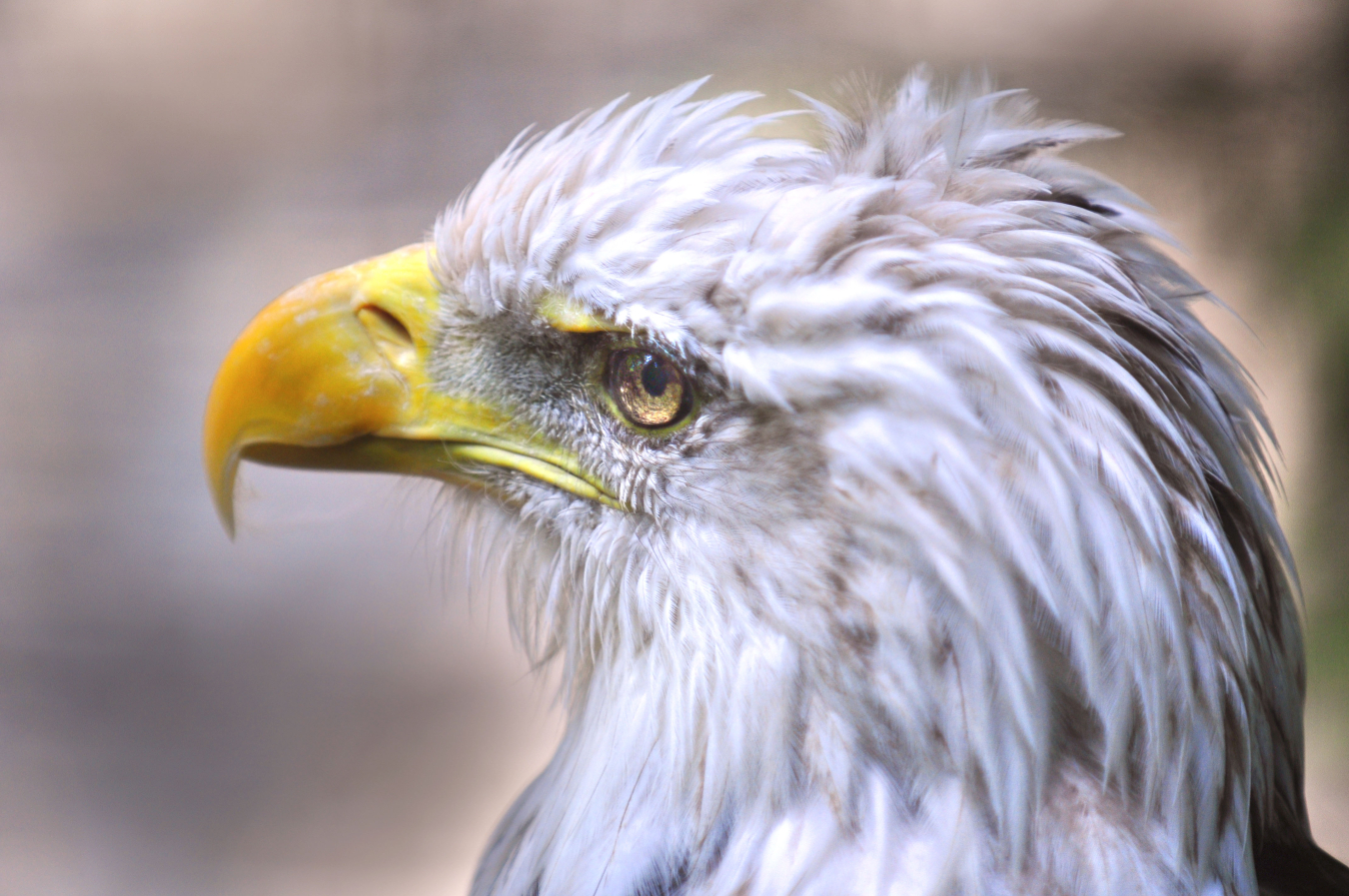
Bald eagles are one of the many migratory birds that nest on the Oak Ridge Reservation.
Oak Ridge’s efforts to protect migratory birds recently garnered honorable mention for the 2013 Presidential Migratory Bird Federal Stewardship Award. The Energy Department championed the effort through partnerships with the Tennessee Wildlife Resources Agency, UT-Battelle, the management and operating contactor for the Oak Ridge National Laboratory, and URS | CH2M Oak Ridge, the primary cleanup contractor at the site.
The Energy Department and its partners manage wildlife on the 33,500-acre Oak Ridge Reservation by following a wildlife management plan, which includes numerous projects to protect migratory birds and their habitats. These local efforts began in 2006 with incredible results.
The decline of interior forest is one of the primary reasons for biodiversity loss, especially in migratory birds. The Oak Ridge Reservation is crucial because approximately 70 percent of the federal land is forested. It is recognized as the largest contiguous protected land ownership in the region, making it a critical reserve for interior forest and nesting habitat for neo-tropical birds.
One of the most important ecological enhancements occurred in 2009 with the major renovation of a large pond at the East Tennessee Technology Park. The project, which was led by Oak Ridge’s Office of Environmental Management, restored the pond to its natural conditions and allowed growth of native vegetation in the surrounding fields. With a return to the area’s natural settings, employees monitored vast increases in wildlife diversity. By 2013, the area attracted 28 wintering bird species, compared to seven in 2009.
The Department has also emphasized native grasses in its land management practices. Employees maintain these grasslands by bush-hogging fields to prevent the growth of woody species, controlling invasive plants, and conducting controlled burns to return nutrients to the soil. More than twenty grassland, field, and edge bird species have benefitted from these habitat improvements, and additional studies on these lands and birds are resulting in enhanced management techniques.
The Energy Department and its partners continue to conduct the best forest and land management practices to benefit wildlife. In addition, employees collect data to evaluate overall long-term trends in local migratory bird populations and help plan future activities. The National Environmental Research Park, a 20,000-acre area used for research and education within the Oak Ridge Reservation, is a crucial element for these efforts.
The Department has additional tasks planned to continue its commitment to protect and nurture area wildlife. Employees are sharing information with other organizations to provide insight and context for the much larger regional and national picture. Oak Ridge employees are taking great pride in their accomplishments locally, realizing that it is impacting wildlife and ecosystems nationally.
** Note: The list of migratory birds that have been documented to nest on the Oak Ridge Reservation include: the Acadian flycatcher, chuck-will's-widow, bald eagle, black-crowned night-heron, blue-winged warbler, brown thrasher, brown-headed nuthatch, field sparrow, Louisiana water thrush, northern flicker, Kentucky warbler, orchard oriole, prairie warbler, prothonotary warbler, red-headed woodpecker, summer tanager, whip-poor-will, willow flycatcher, wood thrush, and worm-eating warbler. Other birds that winter on the site include: the bay-breasted warbler, black-throated green warbler, Canada warbler, least bittern, little blue heron, pied-billed grebe, solitary sandpiper, and yellow-bellied sapsucker.
